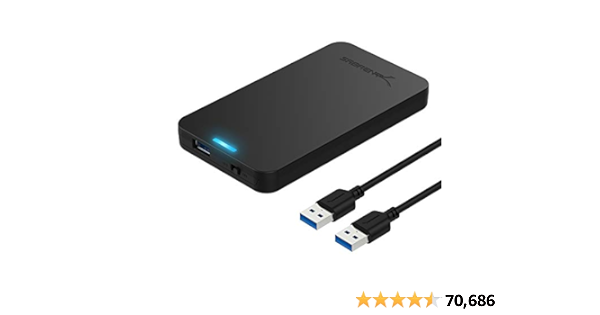I have an external Sabrent 4-bay enclosure with 2 HDDs and 2 SSDs in it.
One of those SSDs is causing weird behavior (like extremely long mount times, unwillingness to dismount) and kernel panics that crash my whole computer (happened multiple times now). The other drives seem to work fine.
The good news is that I really just need to copy the data from the problematic SSD. But I’m afraid to try with the way it is acting. The data and its integrity is super important to me.
So my thinking is: instead of spending a lot of time trying to fix this problem I’ll just get some super cheap interface (maybe just a cable without enclosure?) and use that to copy the data, hoping that the problems don’t occur when using that. The SSD used to work fine in my old Mac Pro.
Does this make sense? Can anyone recommend anything?
One of those SSDs is causing weird behavior (like extremely long mount times, unwillingness to dismount) and kernel panics that crash my whole computer (happened multiple times now). The other drives seem to work fine.
The good news is that I really just need to copy the data from the problematic SSD. But I’m afraid to try with the way it is acting. The data and its integrity is super important to me.
So my thinking is: instead of spending a lot of time trying to fix this problem I’ll just get some super cheap interface (maybe just a cable without enclosure?) and use that to copy the data, hoping that the problems don’t occur when using that. The SSD used to work fine in my old Mac Pro.
Does this make sense? Can anyone recommend anything?



